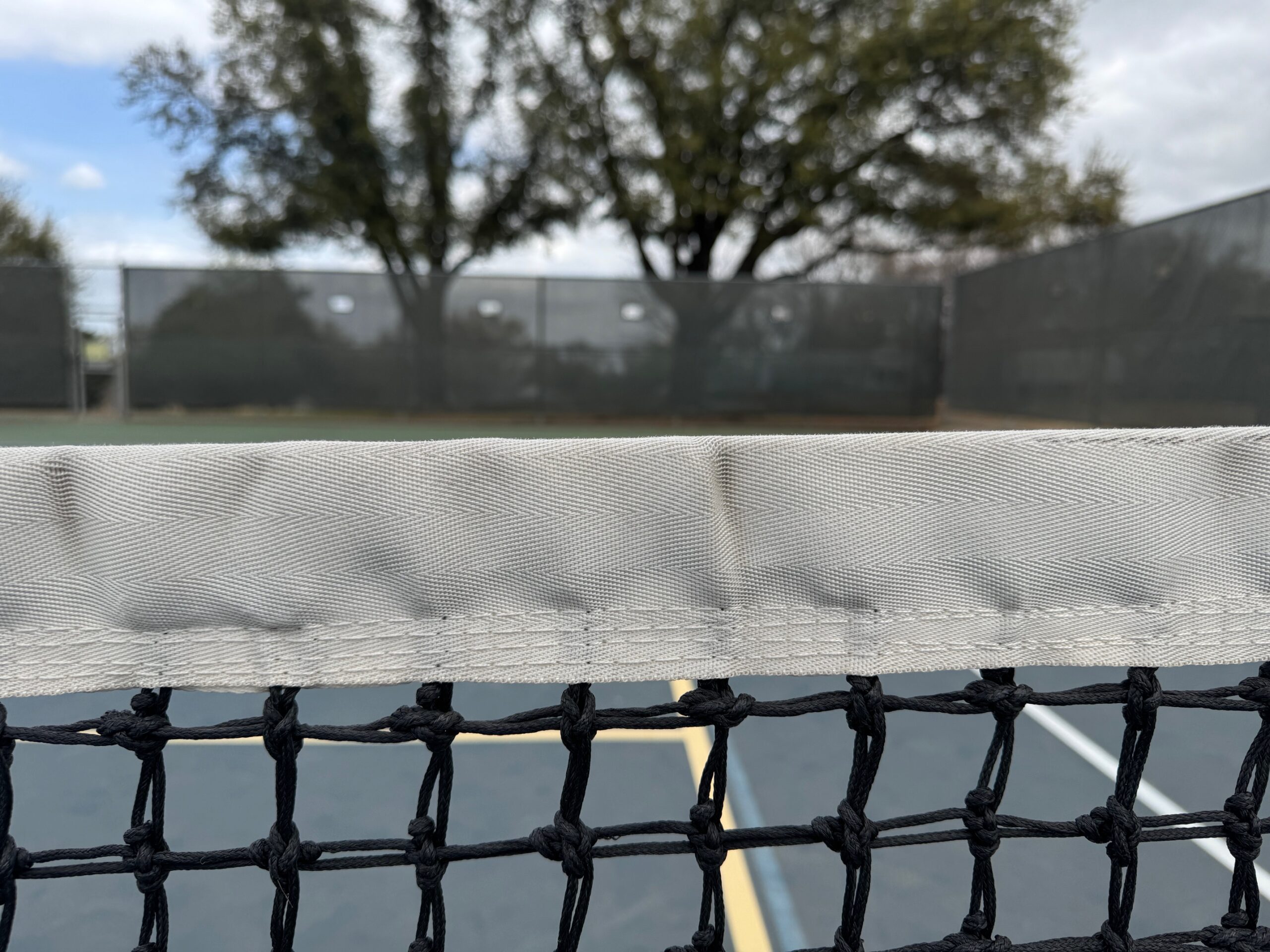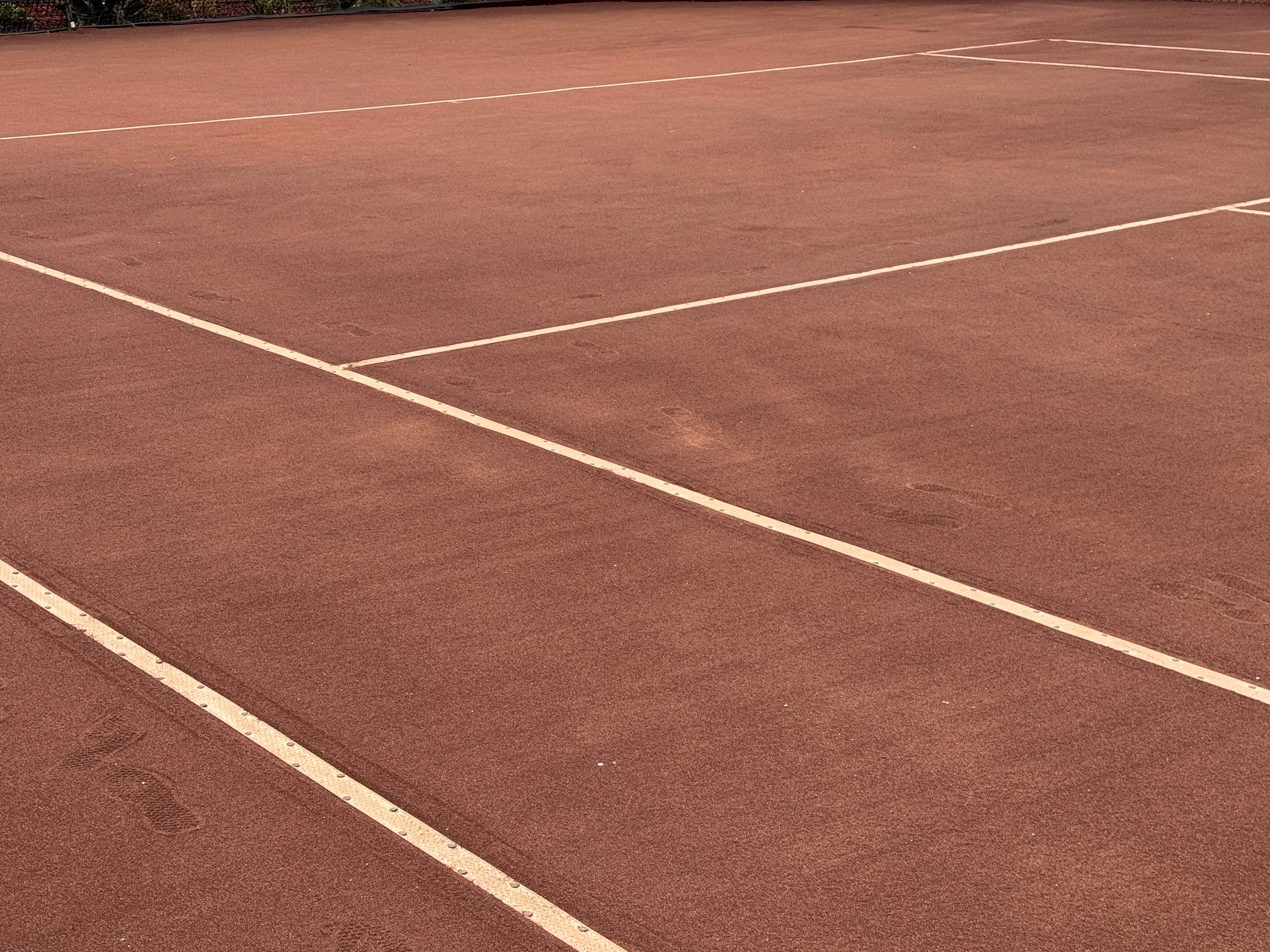Tennis News You Can Use
One sure sign that tennis is gearing up for the resumption of play following the COVID-19 hiatus is the bow wave of requests to sign waivers currently populating my email inbox. Waivers will clearly be required to participate in organized tennis going forward and in some cases to use facilities at all. Not surprisingly, this new wave of waivers includes updated language addressing transmission of communicable disease while playing tennis. It makes me nostalgic for the days when tearing an ACL or other physical injury was the primary concern.
It will probably not come as a shock to anybody, but I am one of those people who generally reads the fine print. I want to pause for a moment to foot stomp the importance of always doing so. You need to make sure you are not agreeing to something like “selling your soul” by automatically accepting all agreements presented to you. If you think this is hyperbole, then you should really take the time to read the first reference at the bottom of this post.
To peek down an additional rabbit trail, which is the hallmark of this site, there is plethora of internet services that have sprung up to help various organizations collect completed waiver forms. I look forward to the day when I retire and I will have the bandwidth to also capitalize on, er… I mean assist with, these opportunities as they arise.
USTA Texas recently tweeted out a link to with information on upcoming changes in August for junior tournaments. That information included a requirement for a new medical/media waiver form. Anyone with a valid USTA number can access the waiver. I suspect that the same form will also be used for participation in adult events. There is no language in the waiver that makes it junior specific, in any case.
The new waiver appears to be required on a tournament by tournament basis. That mechanization implies that the USTA is anticipating that updates to the waiver might need to be more dynamic in the future. The previous new waiver required for juniors that went into effect in January was a “one time” submission, apparently effective for perpetuity.
The USTA waiver does not mention COVID-19 specifically, but there is new language in the waiver for infectious diseases. The first paragraph in the waiver is specific to the USTA Texas organization. The last sentence, in all caps, releases USTA Texas from responsibility even in the case of negligence and gross negligence. I guess that is pretty standard language for waivers.
Waivers for the resumption of play in my local adult leagues are rolling in. I current have requests and reminders from Tennis Competitors of Dallas (TCD), Metroplex Tennis League (Metro), and the Greater Fort Worth Tennis Coalition reminding me to make sure to sign my waiver before resuming league play this fall. Curiously enough, the Dallas Tennis Association waiver is much shorter and is mechanized such that participation in an event signals agreement rather than signing an actual waiver form.
The reason I used the word curiously is because the DTA is the only organization in my orbit who has publicly disclosed a potential COVID-19 exposure event during an league match. The DTA currently has a message on their web page disclosing that a participant of the “Grand Slam Summer Series” league who played in a match on July 10 subsequently notified the DTA that she had tested positive for COVID-19 on July 12.
I want to take a moment to express my appreciation that the DTA is open and forthcoming with this information. While protecting the privacy of the individual involved to the greatest extent, the other teams at the site that day were notified of the potential exposure. This is exactly what we want the organizations to do.
This brings me to an additional point that I want to underscore. Tennis is routinely ranked as low risk for transmission of COVID-19 by various health experts. That is the physical act of playing tennis, not the additional social interactions that usually accompany playing tennis. The risk of communicating infectious diseases does not go away when unsafe practices accompany something that is generally regarded as being safe.
It remains critically important to practice and observe the safety protocols implemented by our local tennis facilities. Sometimes I think that players might lose sight of the fact that the staff in tennis pro-shops are exposed to the cumulative behaviors of the people who use the facility all day. They are wearing a mask all day to protect the players. The least we can do in return is to also diligently wear our masks and follow any and all other protocols in place. Usage of tennis facilities is a privilege.
In this culture of waivers, I am still pretty disappointed with gaps and lack of uniformity in the player code of contact in respect to communicable diseases. The USTA national page has not been updated since May 28. In “COVID-19 and the Player Covenant” which was published last month, I observed that there is nothing in the regulations that prevents an asymptomatic player who is COVID-19 positive from playing an event. There has been no update in the interim.
Neither the GFWTC nor the DTA guidelines contain restrictions on playing with symptoms or while actually being COVID-19 positive. However, both do point to the USTA national safe play guidelines referenced above. The Metroplex Tennis League has absolutely nothing about player safety guidelines on their web page.
The gold star in this respect goes to TCD which has the following statement in the player guidelines:
Do not play if you:
TCD Player Guidelines for Match Play during Coronavirus/COVID-19
• Exhibit any symptoms of the coronavirus, have been in contact with someone with COVID-19 or have tested positive for COVID-19.
Of course, the next bullet point down is to sign that waiver. Naturally, I am going to be signing that waiver. We are all going to be signing a lot of waivers in this brave new world.
- When Not Reading The Fine Print Can Cost Your Soul, Matthew S. Schwartz, National Public Radio, March 8, 2019.
- USTA Texas Release and Waiver of Liability, Assumption of Risk, and Indemnity Agreement, https://form.jotform.com/201975087271056, viewed July 18, 2020.
- TCD Tennis Competitors of Dallas, Waiver/Release for Communicable Diseases Including COVID-19, https://waiver.smartwaiver.com/w/5ef139bb64a54/web/, viewed July 18. 2020.
- Greater Ft Worth Tennis Coalition Waiver, https://docs.google.com/forms/d/e/1FAIpQLSfdV_nmR2k069ljJXfsvpB19KmZhID_aF4WQo03VL_a4k7Axw/viewform, viewed July 18, 2020.
- A message to our captains and players, Dallas Tennis Association, July 12, 2020, viewed July 18, 2020.
- Playing Tennis Safely: Player Tips and Recommendations, USTA, May 28, 2020, viewed July 18, 2020.
- Greater Fort Worth Tennis Coalition Covid 19 Guidelines 2020 Fall Leagues, viewed July 18, 2020.
- TCD Player Guidelines for Match Play during Coronavirus/COVID-19, viewed July 18, 2020.



